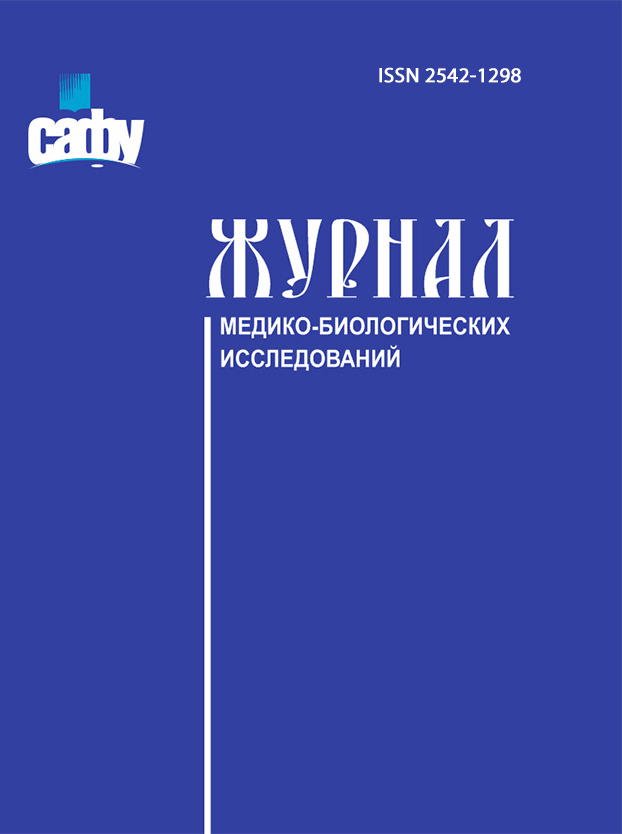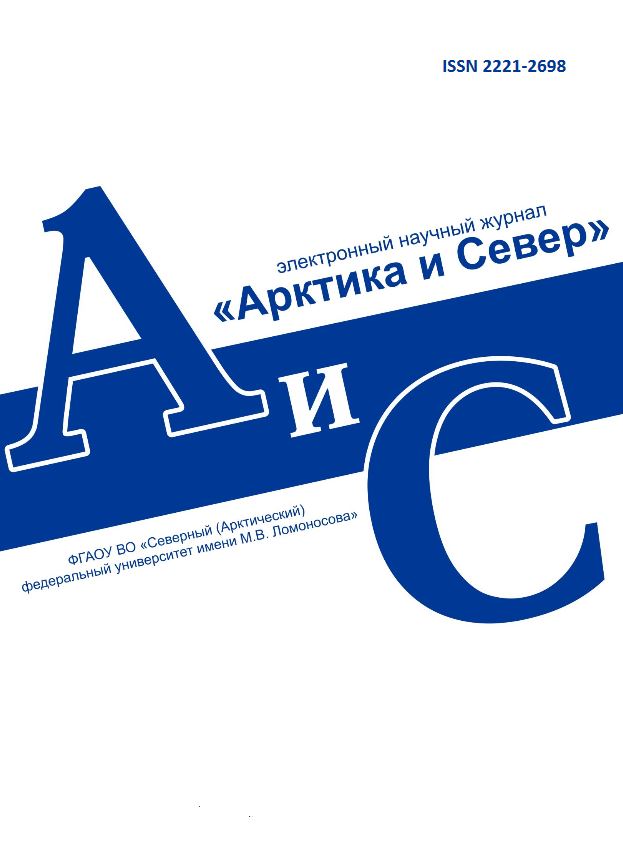
Vestnik of Northern (Arctic) Federal University.
Series "Humanitarian and Social Sciences"
ISSN 2227-6564 e-ISSN 2687-1505 DOI:10.37482/2687-1505
Legal and postal addresses of the founder and publisher: Northern (Arctic) Federal University named after M.V. Lomonosov, Naberezhnaya Severnoy Dviny, 17, Arkhangelsk, 163002, Russian Federation Editorial office address: Vestnik of Northern (Arctic) Federal University. Series "Humanitarian and Social Sciences", 56 ul. Uritskogo, Arkhangelsk
Phone: (8182) 21-61-20, ext. 18-20 ABOUT JOURNAL |
Section: State Management and Law. Economics Download (pdf, 2.4MB )UDC341.1/8AuthorsZhudro Ivan SergeevichRussian Academy of Sciences; Russian International Affairs Council (Moscow, Russia) AbstractThe article examines the legal regime of the Arctic Ocean with the emphasis on the international customs. Their leading role comes to light when comparing the universal and regional levels of legal regulation. Customary rules of the international law form the basis for the state’s implementation of its sovereign rights with regard to the Arctic shelf, as well as for delimitation of such rights. At the same time, participation of the state in any agreements, including the United Nations Convention on the Law of the Sea of 1982, is not a determinative. Therefore, arctic states, especially Russia, have nothing to gain from exaggerating the importance of 1982 Convention or underestimating the role of customary rules for the legal regime of the Arctic Ocean. Proceeding from the applicable international law, it is asserted that Russia, as a country with the longest Arctic coast, has legal possibilities to protect its national interests in the centre of its Arctic sector if it takes into account the practice of other coastal Arctic states and customary rules of the international law as a component of the unique, historically established status of the Arctic. The author studies the practice of the International Court of Justice, which, when it comes to determining boundaries of the continental shelf, proceeds from the priority of customary rules and finds it conceivable, with a view of achieving a fair result, to use various methods for delimitation or combine such principles and methods. The author of the paper believes that the method of meridian lines is as good as any other method allowing one to reach a fair result. Practice of application of this method is extensive. It was used to delimitate polar areas in the Anglo-Russian Convention of 1825, the 1867 Alaska Treaty of Cession, the USA/USSR Maritime Boundary Agreement of 1990, as well as in the Agreement on Cooperation on Aeronautical and Maritime Search and Rescue in the Arctic, which does not directly deal with boundary delimitation. The author draws a conclusion that the present international legal regime of the Arctic regions, and first and foremost the underlying it legal customs, have to be preserved and should not be revised.Keywordsinternational legal regime of the Arctic Ocean, universal and regional levels of legal regulation, customary rules of international law, international customs, International Court of Justice, method of meridian linesReferences
|
Make a Submission
INDEXED IN:
|
Продолжая просмотр сайта, я соглашаюсь с использованием файлов cookie владельцем сайта в соответствии с Политикой в отношении файлов cookie, в том числе на передачу данных, указанных в Политике, третьим лицам (статистическим службам сети Интернет).






